How Do You Married the girl of Aceh
Greating Steemians.
Today I would like to tell you about Steps and proceses of the ceremony
There are some steps involved in acehnese wedding, starting from the preparation until after the wedding day. Those steps have their own procedures. The following are some of those steps involved in acehnese wedding.
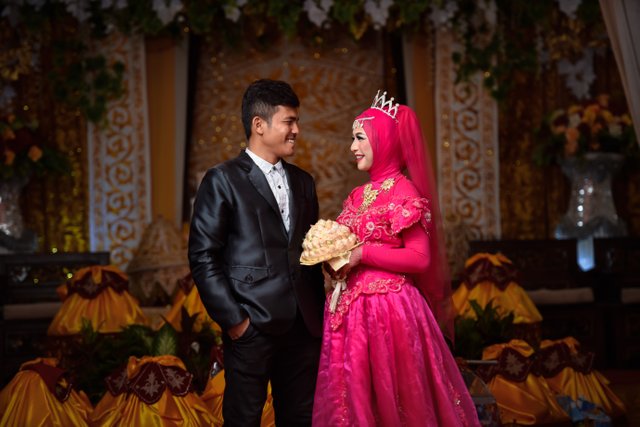
After the visit, the family of the groom would question the parents of the bride whether she had already had xxx or not. If the response is good then the following step is called jak ba ranup. Jak keumalen process is conducted because in the past the relationship between male and female is pretty taboo. Besides, the role of parents in dealing with marriage of their children is very dominant.
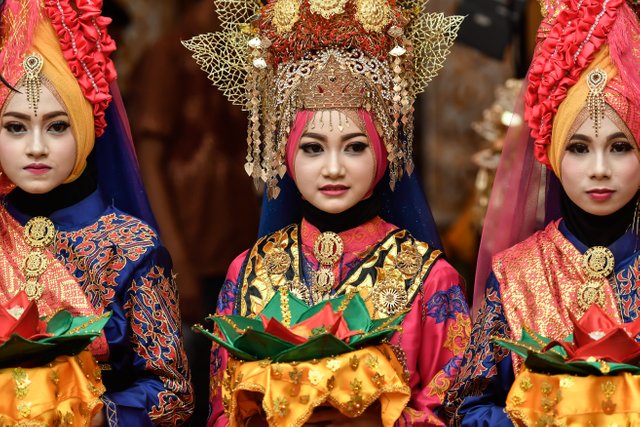
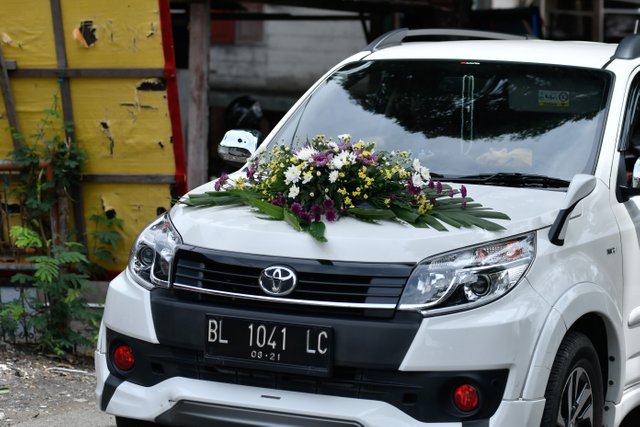
After jak keumalen step, the next process is called jak ba ranub, which is a ceremony to propose to the woman (the bride). In this occasion, the parents of linto baro (the groom) would send some representatives to take some betel, cakes, etc to the family of the bride. By sending these representatives, the groom’s family is showing their intention to propose to dara baro (the bride). If the bride accepted it, then her family normally would make a discussion. And if the family also appoved, then the next process is called jak ba tanda. On the contrary, if the family disapproved, they would reject the man’s family in a polite way.
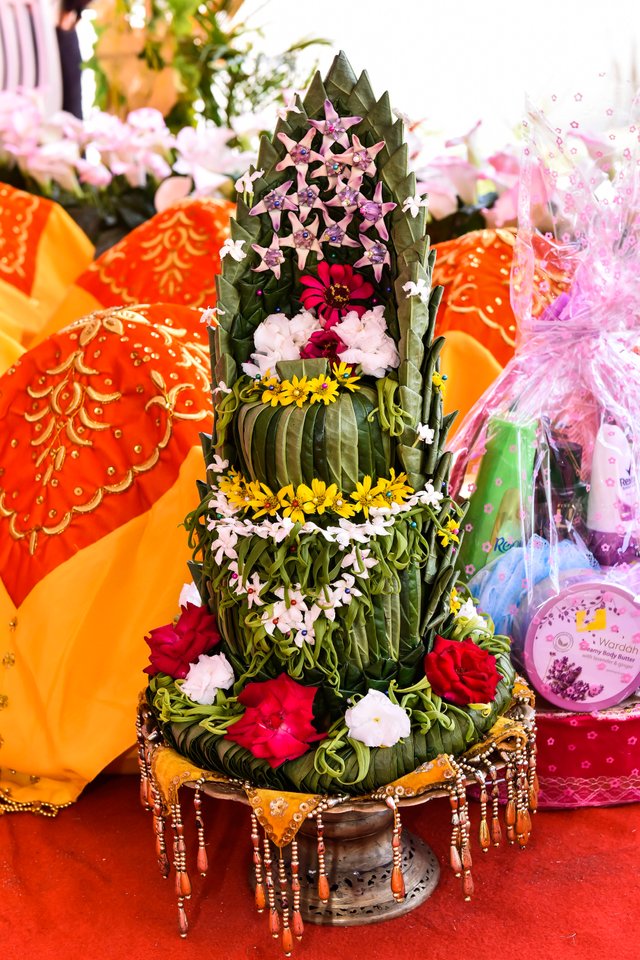
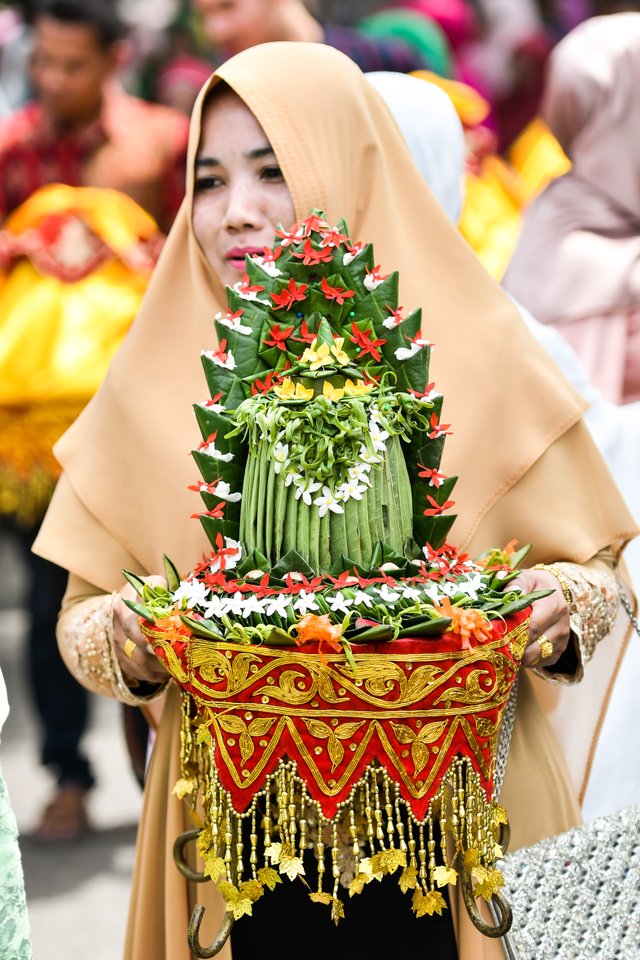
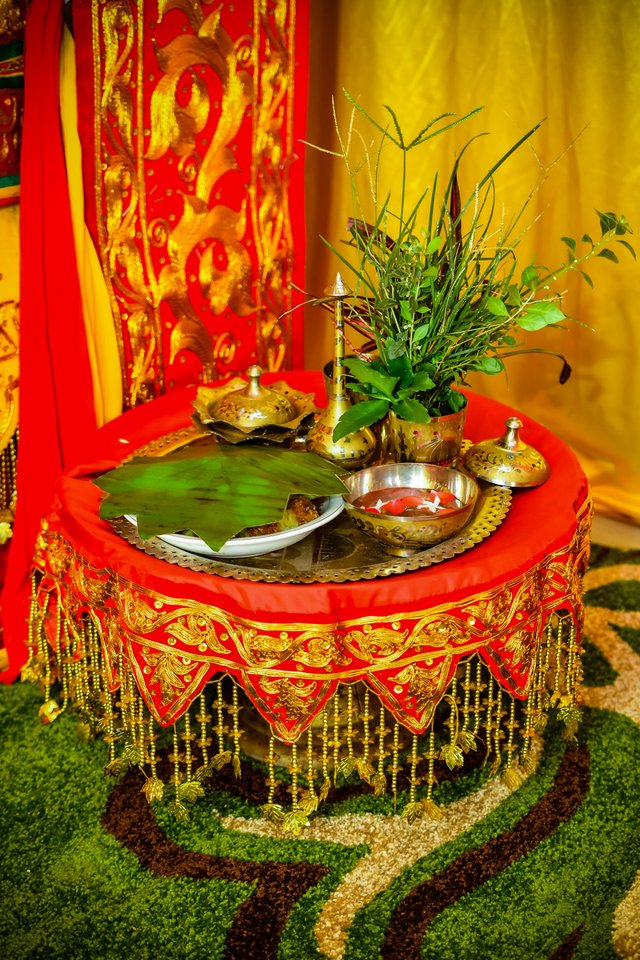
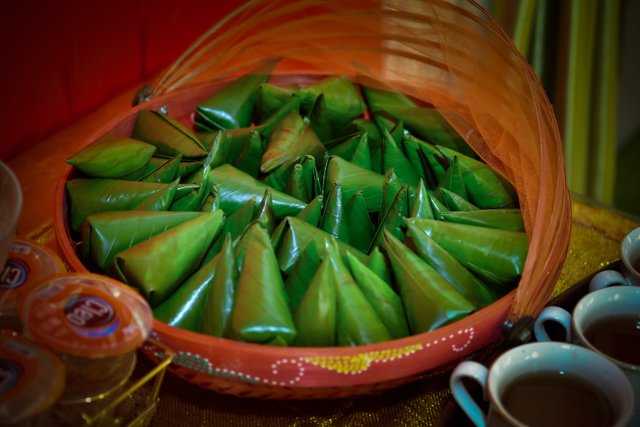
Jak ba tanda is a ceremony to strengthen the agreement. The groom’s family would take a full pack consists of some betel, some cans of food, and some clothes which is called lapek tanda, as well as some gold jewelry. Those stuffs are put on trays (talam or dalong) that have been decorated beautifully. Later in the bride’s house, those trays will be emptied and refilled by some cakes as a response from the bride’s family. Discussion about dowry or called jeulamei, some extra money (peng angoh), wedding day and date, the number of people to be invited and the number of people accepted as the family’s party on the wedding day are all talked and decided in this occasion.
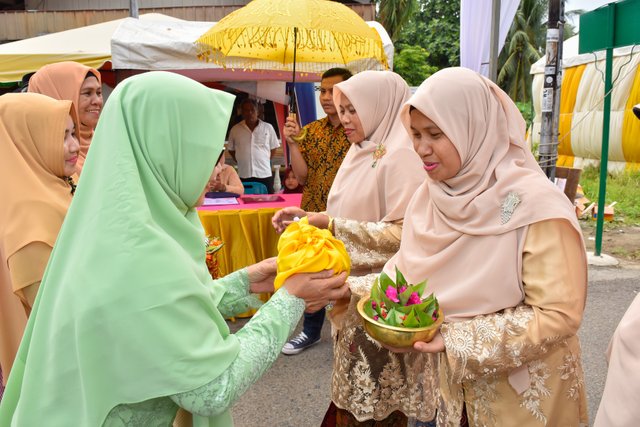
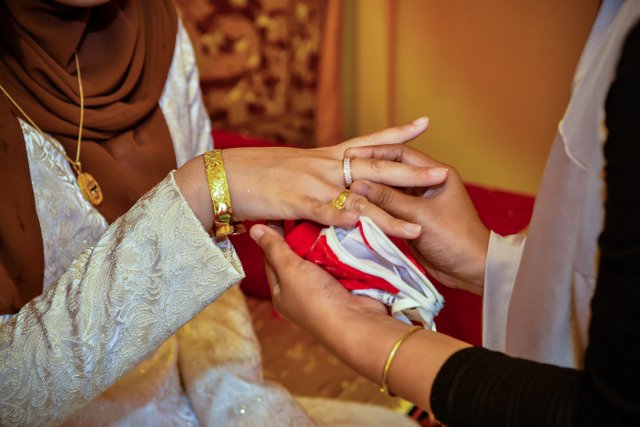
The preparation at the bride’s side is not that much because their role is almost like to receive and to be waited only. They just have to discuss the amount of dowry and extra money they would take and some other things.
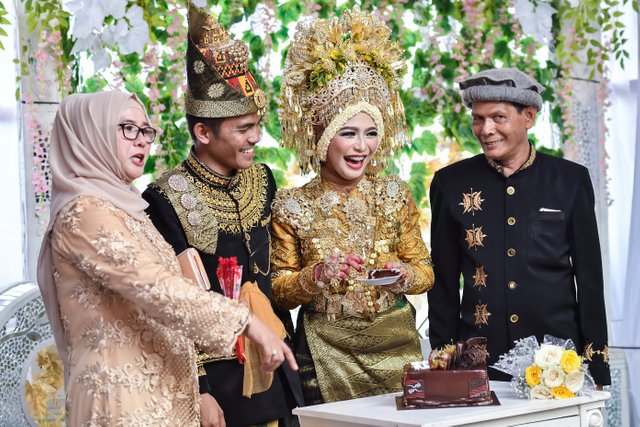

Before the wedding day, there are some ceremonies preceded:
Malam peugaca is the night near wedding day (meukereija). On malam peugaca, normally a ceremony called peusijuk is held. This ceremony is done to pray the safety of the bride and groom. It is usually held at nights for 3 to 7 days. Regarding the clothes, there is no specific rule on what to wear by the bride.
This “safety ceremony” on malam peugaca is called peusijuk gaca. It is lead by the village old figure (nek maja) and started by the mother of the bride then later continued by the relatives of her. This ceremony is done in the mornings, hoping for a prosperous future life of the bride and groom. Besides, the meaning of this ceremony is as a pray for Allah for the safety of the bride and groom living in this world and the day after.
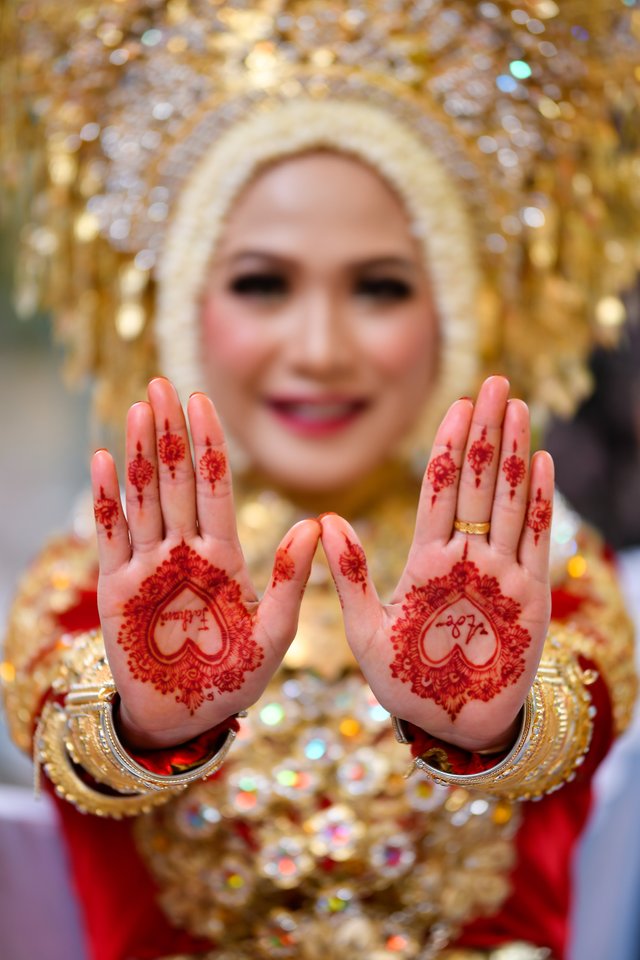
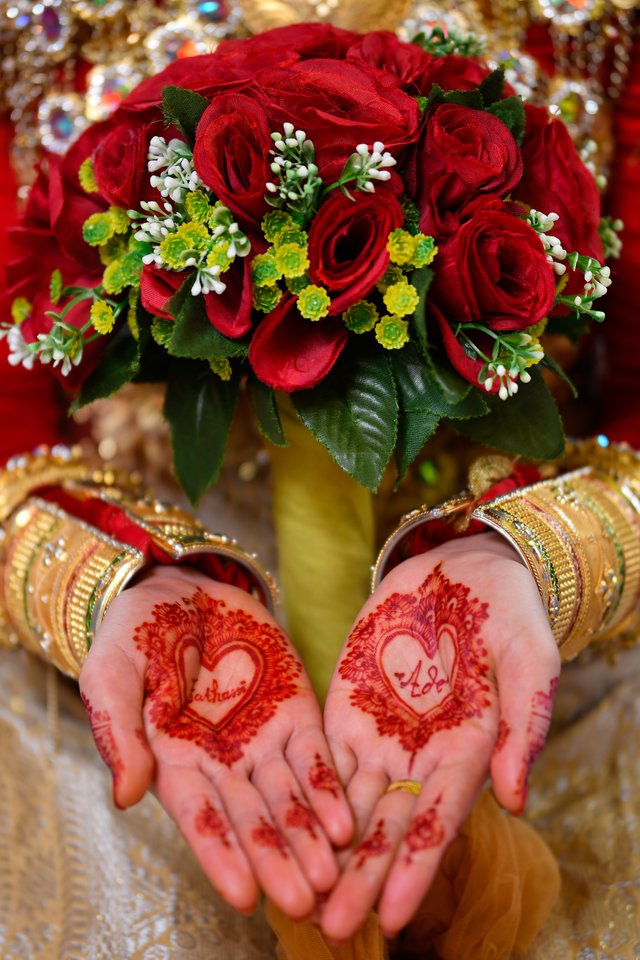
Peumano dara baromeans to shower the bride. Usually it is also preceded by peusijuk process. Peumano ceremony valued that the bride has been treated so that her body and skin is clean. This ceremony is also held for the groom.
Both the bride and groom are showerd by their parents, old figure, and some close relatives. The number of people who do this has to be an odd number. During the ceremony, prayers are recited to the bride and groom seeking for their pure condition before they got married. In the ceremony, the bride and groom were put under umbrella and taken to the shower area by some people who are reciting salawat and some old (often islamic) song or called syair. Syair contains praise to the family or advise for the bride and groom.
In the past, peumano ceremony was very sacred so that it was done very seriously. It was done only by noblemen and joined by close family only. The procedure of this ceremony varied in all parts of Aceh. Some modification could be seen in west aceh where traditional dance called dance Pho was added in the ceremony.
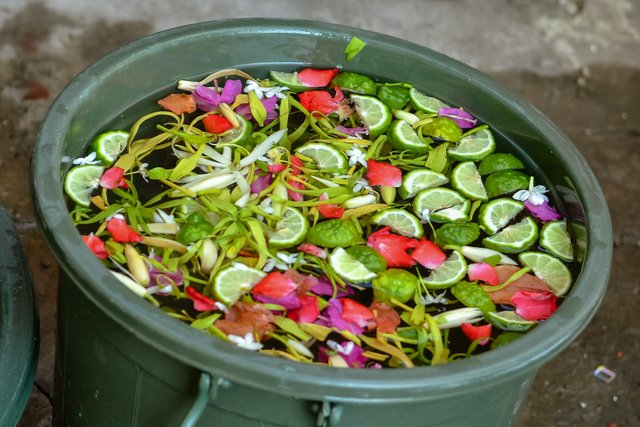
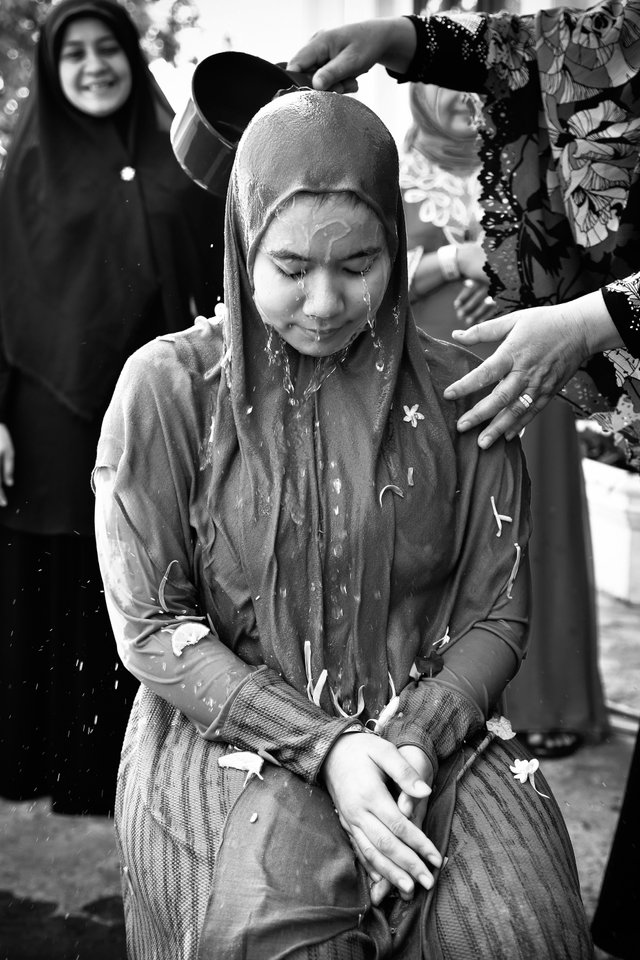
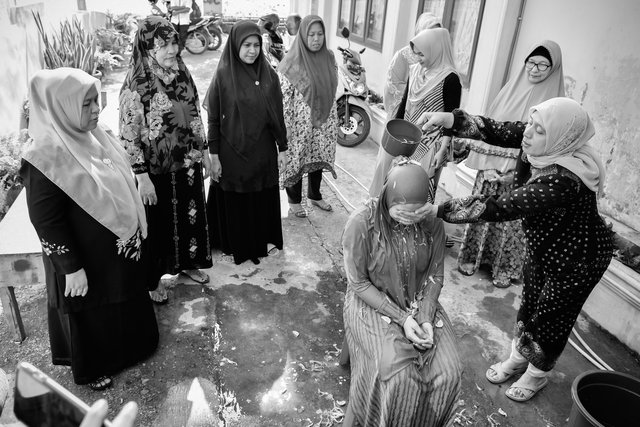
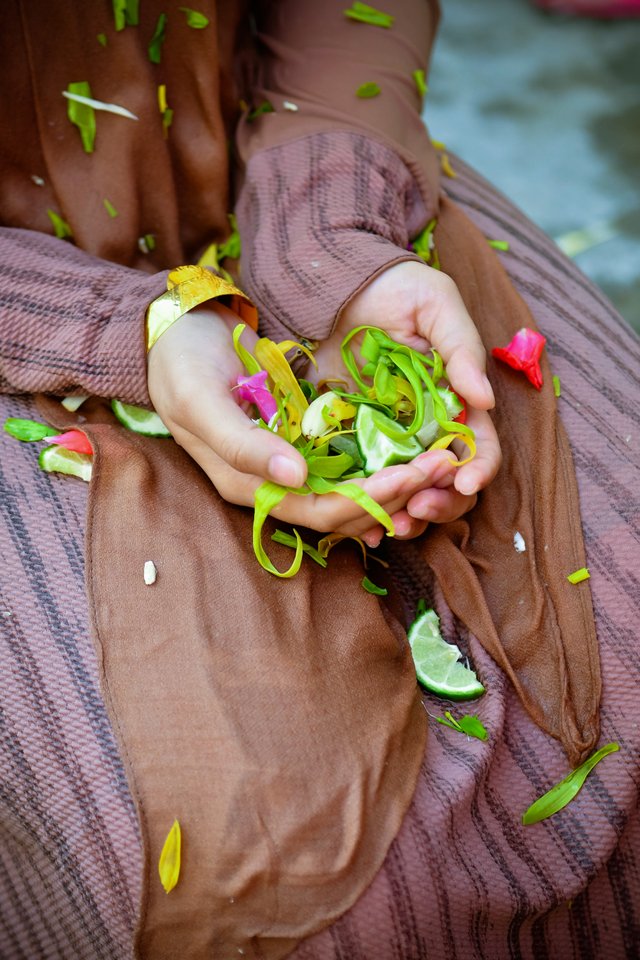
This ceremony is held to show that the bride is an obedient muslim woman. This khatam Qur’an ceremony is an evidence that Islamic value is very strong in the culture of Aceh. For the people of Aceh, religion is an important factor in deciding life mate and marriage.
This ceremony is lead by Qur’an teacher of the village. The ceremony preceded by the recital of some safety prayer. And before reading the last sentence from the Qur’an, the bride was fed some sticky rice and tumpo. After the ceremony, the bride asked for forgiveness with all people around and expressed her gratitude. In this occasion, she also asked for approval and blessing from her Qur’an teacher.
After khatam Qur’an with the Qur’an teacher finished, it proceeded with khatam Qur’an ceremony in front of parents and close relatives. The brise is accompanied by her Qur’an teacher. After the program finished, the family would give some eggs, bereteh, rice, and money to the Qur’an teacher. This is done to express their gratitude th teacher for having taught some knowledge to the bride.
After all ceremonies finished, the bride and groom will then face the main occasion which is called wo linto. This is highlight of all occasions. This occasion is a ceremony to take the groom to the house of the bride. The bride is wearing the traditionalbride dress. She is accompanied and guided by two people called peunganjo, one at her right side and the other one is at her left. All three walked towards the parents to kneel down (a respect way of children to their parents) or called semah ureung chik, then peunganjo take the bride to the aisle to wait for the groom’s arrival.The groom is also doing the same thing as the bride. After having semah ureung chik, he left to the house of the bride together with some family and relatives. This process is called peutren linto. During the journey, the family and relatives recite sawalat together. While the people at the bride’s side would wait for the groom and his family/relatives about 500 meters from the bride’s house.
When both the bride and groom “people” meet, they would do seumapa, which is an interaction between two sides who speak and recite repetitive poetries (or called pantun). If the side of groom lost in that poetry interaction, the occasion would not be countinued. On the contrary, if they win, the occasion will be proceeded by betel exchange ceremony from both the bride and groom’s parents.
After entering the gate of the house, the groom is taken to the old figure of the village. Two men from the bride’s side held an umbrella to the groom and took him to enter the house.Before entering the house, the groom was guided by peunganjo to wash his feet. This process means that beginning new life with clean heart and body.
Meanwhile, the bride has been waiting in the aisle. She was guided by a female peunganjo to welcome the groom and kneel down,or called sungkem, in front of him. It is done to express respect and dedication. The groom accepts the sungkem by showing full of love, then takes her hands and puts in some money. This is done to show responsibility of a husband to provide for his wife.
After that, the bride and groom are siiting at the aisle for a moment before they are taken to a special place to kneel down in front of both parents. First the bride would kneel down in front of their parents then in front of the groom’s parents. Then the same process is also followed by the groom. Then the bride and groom are taken back to the aisle to be held peusijuk by their family. The family of the groom would startr first then followed by the family of the bride. At this time the family would give some money and other valuable things.As mentioned before, the number of people who would conduct peusijuk has to be an odd number.
After all ceremony finished, the groom will be taken back to his home. After three or seven days the groom will return to the bride’s house to hold ceremony on day 3 which is called peulhee and ceremony on day seven which is called peutujoh. The ceremony starts with coconut cultivation by both the bride and woe linto (people who take the groom to the bride’s house) . Next, the groom would kneel down in front of his parents in law and was given some clothes, gold ring, etc.
Woe linto also take some items to be given to the bride such as can food, some coffee, tea, milk, and some other kitchen(food) material.Besides, they also take some seed plants such as coconut seed, cane seed, etc depending on the ability of the family to provide.
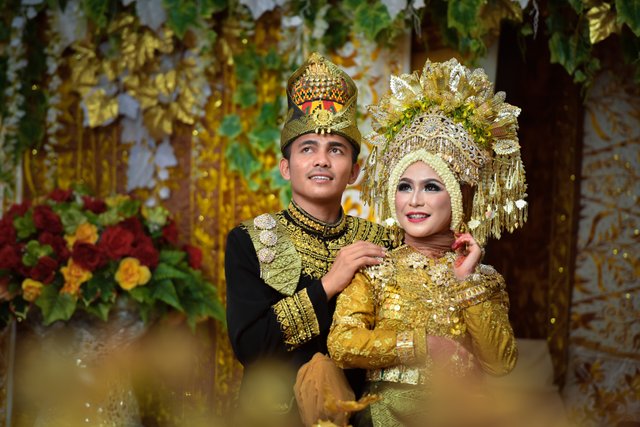
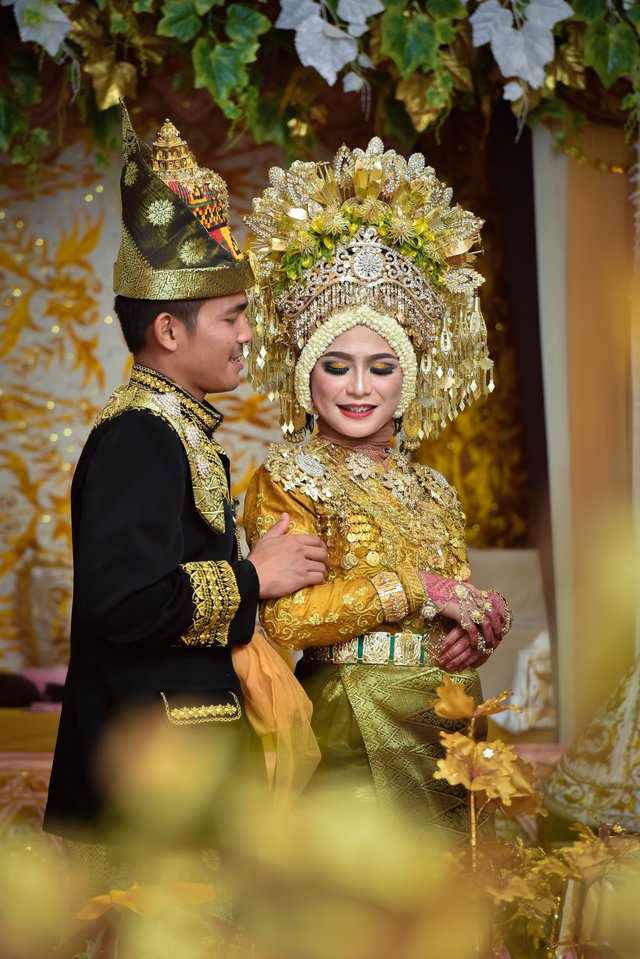
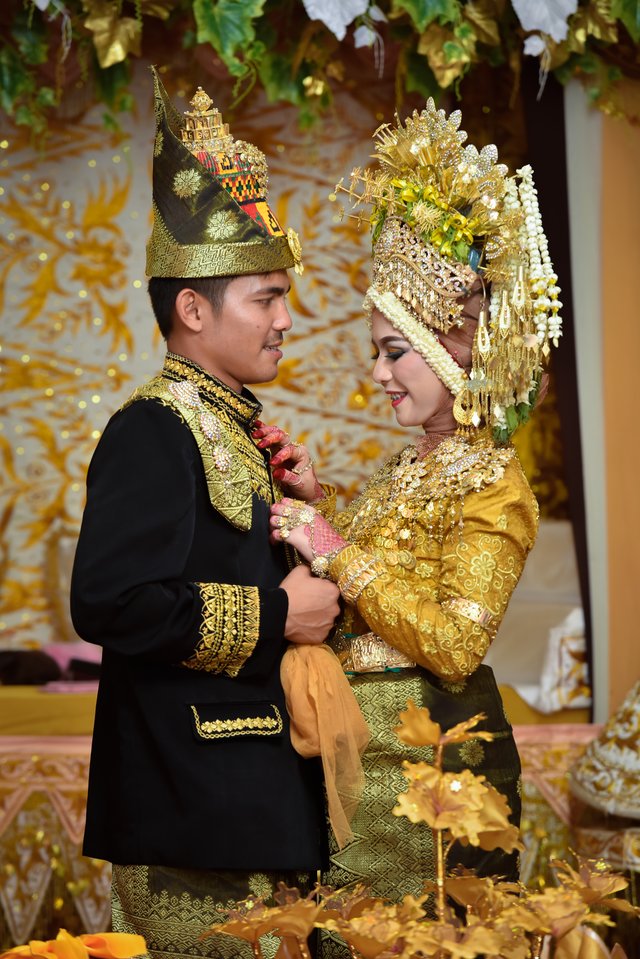
After the wedding, there are still some other ceremonies, which primarily called tueng dara baro. This ceremony is an occasion to invide the bride and her family and relatives to the groom’s house. This ceremony is held on seventh day after woe linto ceremony. In this ceremony, the bride is take by some people to the groom’s house, accompanied and guided by two pengunganjo. The people who come along with the bride also bring some food and cakes. This ceremony is welcomed almost the same as woe linto ceremony, but excluding recital of poetry and feet washing.
At the entrance door, the family of the groom are welcoming. Parents from both bride and groom then would exchange betel. At the entrance door were spread some rice, potpourri, and some leaves as “tepung tawar” or called on seunijuk. After the bride sit at the provided place, the mother of the groom would perform “tepung tawar”. Then the bride would kneel down in front of the groom’s parents. Then the groom’s parents would give some jewelry which is put in some water with flowers in it too.
During this ceremony, the bride would stay in the groom’s house for seven days and accompanied by one or two peunganjo. After seven days the bride will be returned home. At that time she was given some clothes, food material, and some money too. In the bride’s house, the bride along with the people who take her home are welcomed and provided a special banquetas a sign of the end of all ceremonies.
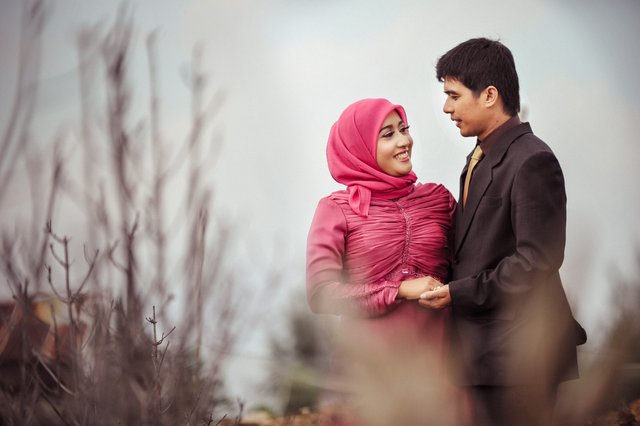
Reference from "Pustaka Pidie about Curtural Wedding"
Posted from my blog with SteemPress : https://razipelangi.000webhostapp.com/2018/07/how-do-you-married-the-girl-of-aceh
Thank you for your contribution to the Photocircle tag!
Cheers,
@photocircle Team
Learn about this photo curation project by clicking >here
To stop receiving comments then reply
!STOP!that is quite an involved ceremony, and the photos are lovely as always.
i just do my best :) @positivexposure
nice article and stunning photos @razipelangi, really a very informative post
thankyou mate @claudiaz